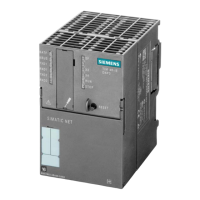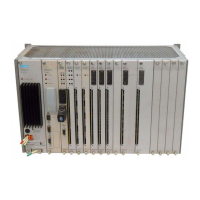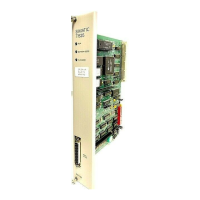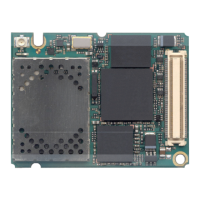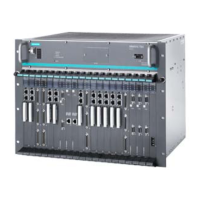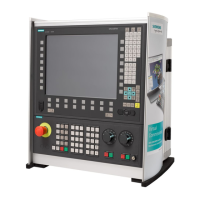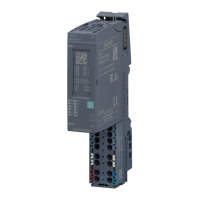The SINAUT Configuration Tool
6.6 TD7onTIM
TIM DNP3
System Manual, 06/2014, C79000-G8976-C253-03
203
Note the differences in the configuration for the various subscriber types:
Master TIM
For a TIM whose interfaces only have the master station function, the
parameter is automatically enabled and grayed out.
Node station TIM
For a node station, you need to enable or disable the parameter
individually. An object cannot be sent simultaneously via two interfaces if
one has the master and the other the station function.
Station TIM
For the station TIM, the parameter is configured individually for each
object.
For objects that are sent to the master station, the parameter must be
disabled.
For objects that are sent to a different station (inter-station
communication), the TIM has the master function and the parameter must
be enabled.
Normal cycle
Fast cycle
Each data object that sends data mus
t be assigned to one of the two read
cycles. The normal cycle is the most suitable selection for most process
data. Data that must be acquired quickly such as alarms and pulse
messages are suitable for assignment to the fast cycle.
rameter objects for which a 1-out-of-n check is
required, must be assigned to the fast cycle. If these objects are acquired in
the normal cycle, they are not included in the 1
-out-of-n check.
All send channels of a data object are included in the same read
cycle.
The parameters of the read/write cycle themselves are set in the basic
settings for all objects of a subscriber, refer to the section
Basic settings for
subscribers with TD7onTIM (Page 174).

